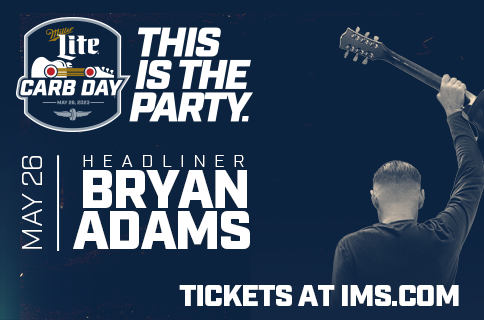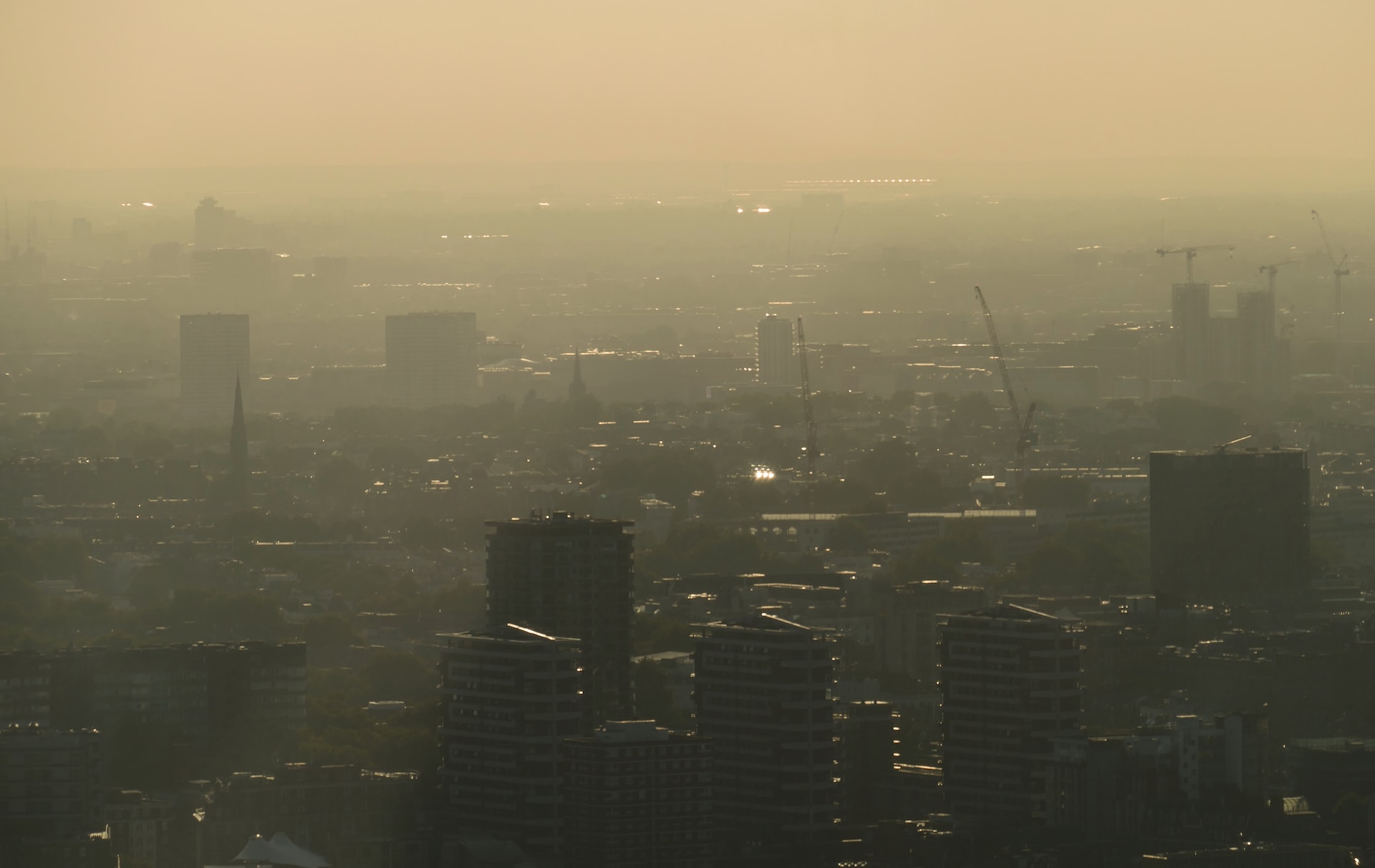Breaking down is never entertaining. Anxiety and stress levels tend to escalate, particularly if you break down on the highway, as you can find yourself and your car possibly left in a vulnerable position. You can manage the situation more effectively through thought and preplanning than you realize. Panic is the worst thing to do, as you can quickly put yourself and other motorists at risk. Following through on the basic steps discussed below should have you on your way out of trouble in the fastest amount of time.
In the event of a breakdown on the highway, especially within the bustling city limits or the outskirts of London, having a reliable car recovery service on speed dial can significantly ease your stress. Car Recovery London offers swift and efficient roadside assistance and recovery services, ensuring that you and your vehicle are promptly and safely taken care of. Their expertise in handling a wide range of vehicles, from cars to motorbikes and vans, means you’re in capable hands, minimizing the time you spend stranded and maximizing your safety and convenience.
Visualization and Preparedness
Visualizing breaking down is probably not in the top three ways to spend your downtime, but next time you are caught in gridlock and getting frustrated, or passing the time on a long journey, put these moments to good use.
You will be in your vehicle with the controls in front of you. Role play how you would deal with a loss of power. It would help if you thought about the following questions:
- Do you know where your hazard light switch is?
- Where is your tool kit?
- Do you have roadside assistance details in the vehicle with you?
- Is your cell being charged as you drive?
- How would you move your vehicle to the safest possible area?
All these elements will become relevant should you break down. Having some idea in advance will reduce the stress you might instantly feel drastically.
Knowing You Vehicle
Knowing how your vehicle feels and sounds are crucial. Breaking down without some warning is unusual. If you hear or feel something isn’t quite right then you should drive accordingly, and if you get to your destination, get it checked out.
Driving accordingly means that if you are on a highway, you slow your speed and stick to the nearside lane next to the shoulder so should the worst happen, you can pull across.
Hazard Lights and Moving to the Shoulder or a Safe Area
Indeed the two main priorities, should you lose power or experience a blow-out, are to let your fellow motorist be aware that you are in trouble by putting on your hazard lights and, if at all possible, maneuver your vehicle to as safe a spot as you can find, preferably off the road.
When momentum is insufficient to make it to a safe spot or shoulder, then you should aim to get your car close to the edge of the road as feasible. When halted, turn your steering so that the wheels are pointed away from the road to the nearest side. Usually, this would be to the right, but if on a dual carriage road, then it might be towards the central reservation. Doing so will prevent your car being launched back toward the carriageway should you get hit from behind.
Safety Precautions
People often put their car before themselves. Blown tires often cause some drivers just to stop close to where they are, afraid of ruining their expensive alloys. With a blown tire, your car will still be under power. You should always drive to the safest place possible. Forget your wheel rim, this can be replaced. You, or potential further damage through collision, not so easily!
In general, you should avoid exiting your vehicle unless you have pulled over to a completely safe place. Without external assistance you should never try to push your vehicle off the carriageway..
Trying to maneuver the car on your own places you in considerable danger. Quickly decide you are more valuable than your car. Personal safety should always be your foremost concern, and a vehicle provides a protective shell should the worst happen.
Roadside Assistance or Straight to Tow
Once stopped as safely as feasible, you have to decide on how to get moving again as quickly as possible. Investing in roadside assistance is never a bad idea. What might seem costly when you sign up will look like the best dollar you have ever parted company with when you break down.
Modern cars, particularly electric vehicles or cars with complex computer systems, are not as straightforward as older cars to get moving from the side of the road. A poor repair can obsolete manufacturer warranties, so even the stalwarts of roadside help, like AAA, will not even try to fix the problem.
Rescue, in these circumstances, can be delayed. You will have to wait for AAA, who may have to call for a tow truck. If you feel that this might happen, going straight to tow might be the better option if your time is of the essence and the tow is local.
Conclusion
The dangers of a breakdown can not be underestimated. Panic can hit if you are in the wrong position on the road, freezing you up and preventing you from taking the appropriate steps to make you and your car safe.
Having an idea in your mind of what you would do in this situation is incredibly important in preventing anxiety from setting in and allowing the quickest recovery of your car possible.
Know your car, keep essential tools in an easily accessible place, and have the numbers of rescue services near to hand and up to date, and you should be able to manage the situation calmly and safely.








